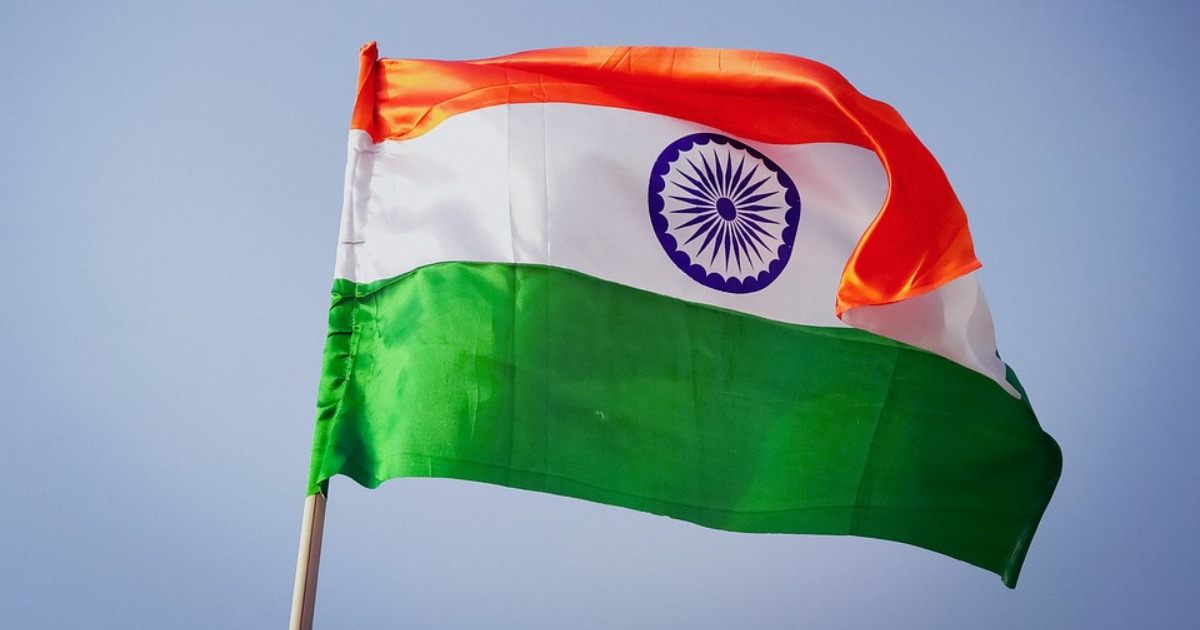India’s Single Women
An economic force waiting in the wings.
January 15, 2022

For girls in India, there has always been one overweening life goal: marriage. Marriage has been the standard, often only, path to validating the social and economic standing of a young woman.
But no longer. Slowly, some would argue, too slowly, many women are realizing that finding Mr. Right isn’t worth their while. That they can lead happy solitary lives, by choice.
A tsunami of singles in India
Today India has 72 million single women. This is the largest cohort of unattached women that has ever existed in the country’s history. It is a figure that is larger than the populations of the United Kingdom and Switzerland put together.
It includes widows, divorcees, unmarried women and women who are separated from their husbands. It also includes 13 million single mothers who are heading households. Singles need no longer remain a mere statistic. They can be a force to reckon with.
Japan leading the way
Single women have already become an economic force to reckon with in many other countries. In Japan, for example, one in seven women has never married by the age of 50. Whole new industries have sprung up to cater to them.
In Japanese cities, single karaoke salons with women-only zones are increasingly common. Travel companies catering to solo women are flourishing. There are even niche apartment complexes for women looking to buy or rent homes on their own.
The salad chef
Pratiti Raj, who works as a salad chef in Jaipur, is one example. “I have never seen marriage as a necessity, it’s more for society,” she says. Raj, who recently lost her mother, lives in an apartment above her father’s. As a chef, her schedule is busy organizing the day’s orders in her professional at-home kitchen with a homemade-compost vegetable garden.
She has no intention of getting married even though marriage crops in most conversation she has. “How can you not want to get married? Your clock is ticking,” her friends ask the 39-year-old, almost compulsively.
Flexing female muscle in the United States
In the United States for example, by 2030, 45% of working women between the ages of 25-44 will be single.
According to a recent research report from Morgan Stanley single women outspend the average household in a number of categories including apparel and footwear, personal care, food away from home, as well as luxury and electric vehicles.
Much change needed in India
The story in India could be similar. But a better environment for women to thrive as a workforce is necessary, first.
Currently, women are not safe when they are out and about on their own, on the streets or on public transport. It is also difficult for single women to rent accommodation without being subject to extensive intrusive questioning.
These are among the central reasons why the ratio of women in the Indian workforce is drastically dipping.
Decreasing labor force participation
According to the latest government data, Indian women only make up 20% of the workforce. Consulting firm McKinsey notes that increasing women’s labor force participation by 10 percentage points could add $770 billion to India’s GDP by 2025.
But increasing labour force participation is only one goal.
Other correctives
We also need corrective policies to address the gender pay gap, increase women’s financial literacy and improve their access to social protection and adequate childcare.
While these issues may be common to both married and single women, it’s the latter who tend to ‘settle’ for what they get. Even today, they are subject to social and workplace norms that treat them as ‘becharis’ (oh you poor things) and exploits their situation.
Impact of Covid
Covid 19 has impacted women across the board, but for a single mother or woman, lockdown measures have been especially devastating. Many have small businesses upon which they rely on to bring food to the table.
And many have had to shut down.
Women on the silver screen
There are historic reasons for why many women are still not able to live life on their own terms. Movies are a reflection of society. Bollywood has normalized women as people who lay the table, do the laundry, ‘keep the family together,’ never talk of their own education or achievements and lower their voice.
Indians have rarely seen or celebrated single women on television or in novels.
Fantastical creature
It’s as if this “fantastical creature” does not exist, except for the occasional widowed bua (aunt).
A character who sits in the kitchen, looking out of the window in a white sari (in India widows are expected to wear only white clothes after the death of their husband, as a sign of austerity) ruing her husbandless destiny.
The writing is on the wall
All the signals around us indicate that single women in the world, and in India, are a real economic force. But a smorgasbord of social stigmas are holding them back.
Women like Raj are not ready to conform to age-old traditions. It is time for marketers to rewire their strategies to start acknowledging this reality.
Single and proud of it
It is also time for society to shed the stigma around a woman who has makes the choice to stay single. No, she is not the husband snatcher or home wrecker.
She is just a woman living life on her own terms, like any other else.
Takeaways
India's 72 million single women is a figure that is larger than the populations of the United Kingdom and Switzerland put together.
India's 72 million single women includes widows, divorcees, unmarried women. Singles need no longer remain a mere statistic. They can be a force to reckon with.
Single women outspend the average household in a number of categories including apparel and footwear, personal care, food away from home, as well as luxury and electric vehicles.
In India, women are not safe on the streets or on public transport. It is also difficult for single women to rent accommodation without being subject to extensive intrusive questioning.
Indian women only make up 20% of the workforce. Consulting firm McKinsey notes that increasing women’s labor force participation by 10 percentage points could add $770 billion to India’s GDP by 2025.
Covid 19 has impacted women across the board, but for a single mother or woman, lockdown measures have been especially devastating. Many have small businesses upon which they rely on to bring food to the table.
Bollywood has normalized women as people who lay the table, do the laundry, ‘keep the family together,’ never talk of their own education or achievements and lower their voice.
Indians have rarely seen or celebrated single women on television or in novels.
Today India has 72 million single women. This is the largest cohort of unattached women that has ever existed in the country’s history.

